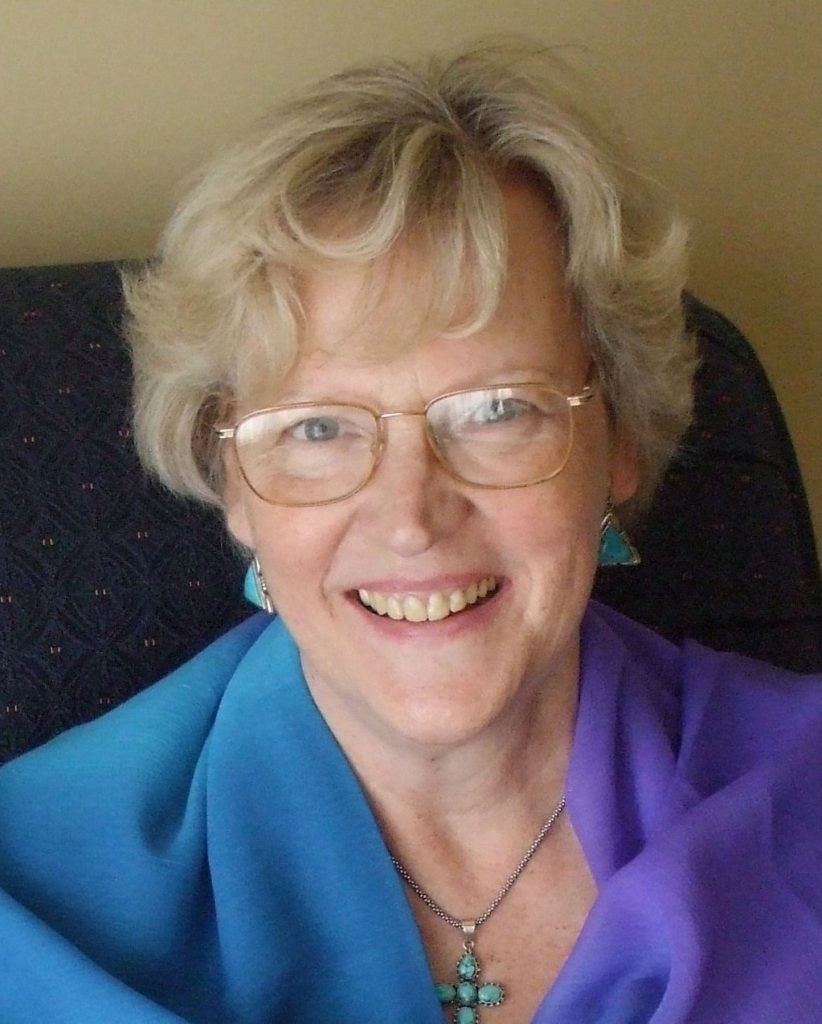The most important aspect of meditation is paying one-pointed attention on our word, which helps us to let go off thoughts from the past and the future with their hopes, fears, worry and anxiety. Doing this allows us to stay in the present moment. We hear Jesus saying in the Sermon on the Mount:
‘Therefore I bid you put away anxious thoughts about food and drink to keep you alive, and clothes to cover your body. Surely life is more than food, the body more than clothes.’
When he tells us not to worry, Jesus is not denying the reality of daily problems. It is anxiety he is telling us to abandon, not reality.” (p. 212) But yet it is these types of thoughts that continue to preoccupy us despite everything.
The moment we actually try to let go of all our thoughts and images, we become very aware of how essential our conscious mind, our ‘ego’, considers them to be to our sense of identity. As long as we are thinking, we think we know who we are and we feel we have a degree of control over what happens; we feel in charge and therefore secure. Entering the silence makes us feel out of control and insecure, creating sometimes even a sense of panic. We need to remember and acknowledge that thoughts are only thoughts – they are impermanent, changeable and a result of limited subjective perception, an emotionally coloured partial view of one level of reality, the material one.
We are in fact addicted to thoughts, as we have been brought up in the worldview of the past four centuries, which considered thought to be the highest activity we can engage in. Descartes in his statement “I think, therefore I am”, actually went as far as linking existence with thought. Not thinking feels like not being, a threat to our survival, hence the feelings of fear, even panic, which stop us from staying in the silence. T.S Eliot brings this out beautifully in Four Quartets:
Or as, when an underground train, in the tube, stops too long between stations
And the conversation rises and slowly fades into silence
And you see behind every face the mental emptiness deepen
Leaving only the growing terror of nothing to think about.
“the growing terror of nothing to think about.” The terror of not surviving! We do have to let go of this link between thought and being.
Given this background, it really is not surprising we are fearful, when faced with a discipline like meditation that encourages us to let go off thought and images, in fact all the operations of the rational mind, the ‘ego’: thinking, memory and imagination. We do need the ‘ego’ in ordinary reality to help us survive, but in meditation we don’t need its supervision; we have to be brave and temporarily let go. When we try to take the plunge into silence, the ‘ego’ will emphasise and increase awareness of thoughts as a protective barrier to going deeper. It encourages us to identify with these surface thoughts and emotions. Their mad dance is meant to drive us to distraction, and to despair, so that we assume meditation is not for us. “Feelings of guilt or discouragement at our degree of distraction are irrelevant. Accepting the fact of distraction is simply a stage in self-knowledge, self-acceptance and integration: the very process that constitutes the spiritual path.” (p.216)
Image : Bonnevaux March 2017





